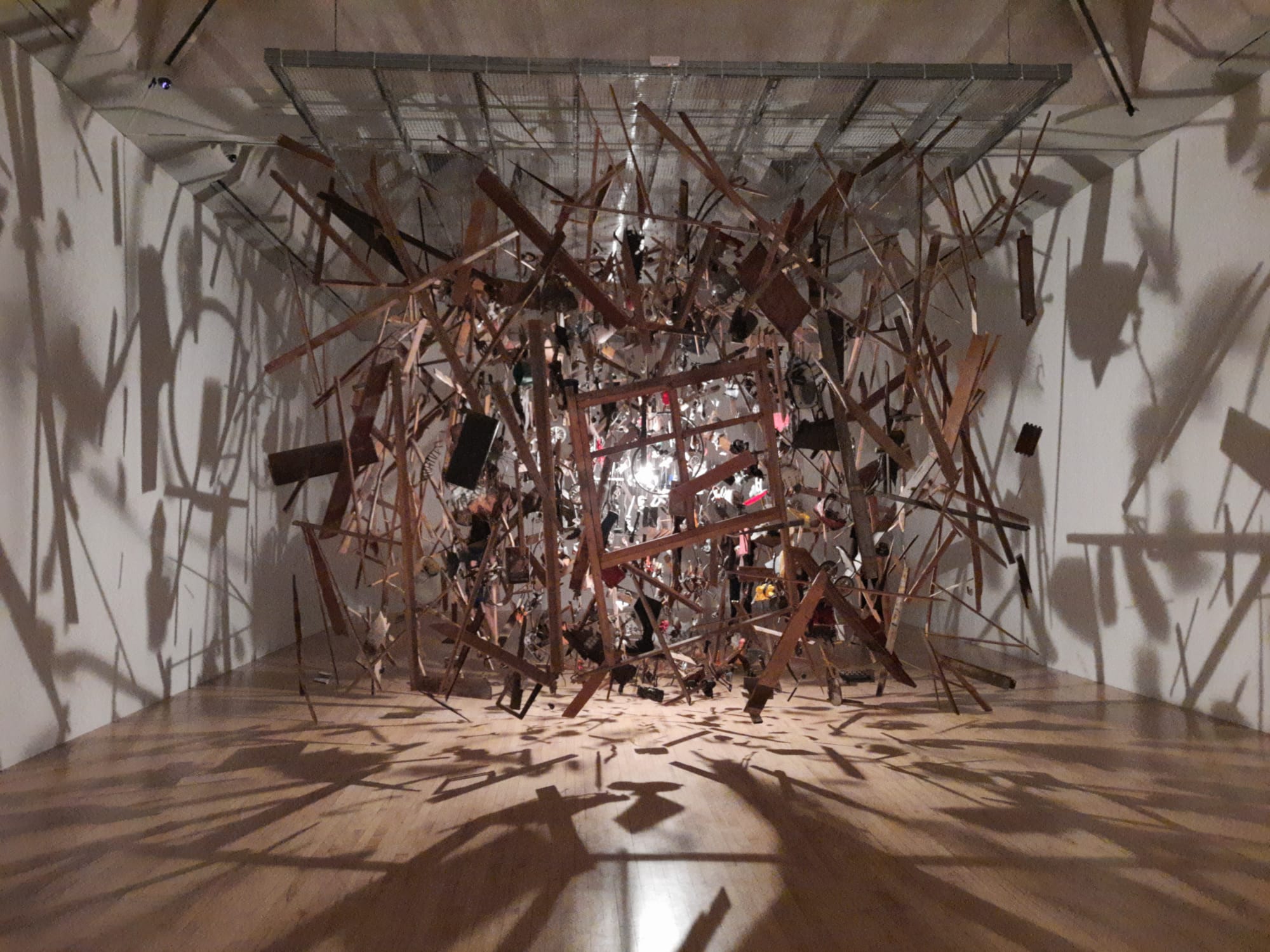Cornelia Parker – Tate Britain, London
A review of Cornelia Parker, a retrospective at Tate Britain. With each work introduced by the artist herself, I was drawn into her perspective on art in the overlooked and everyday object.

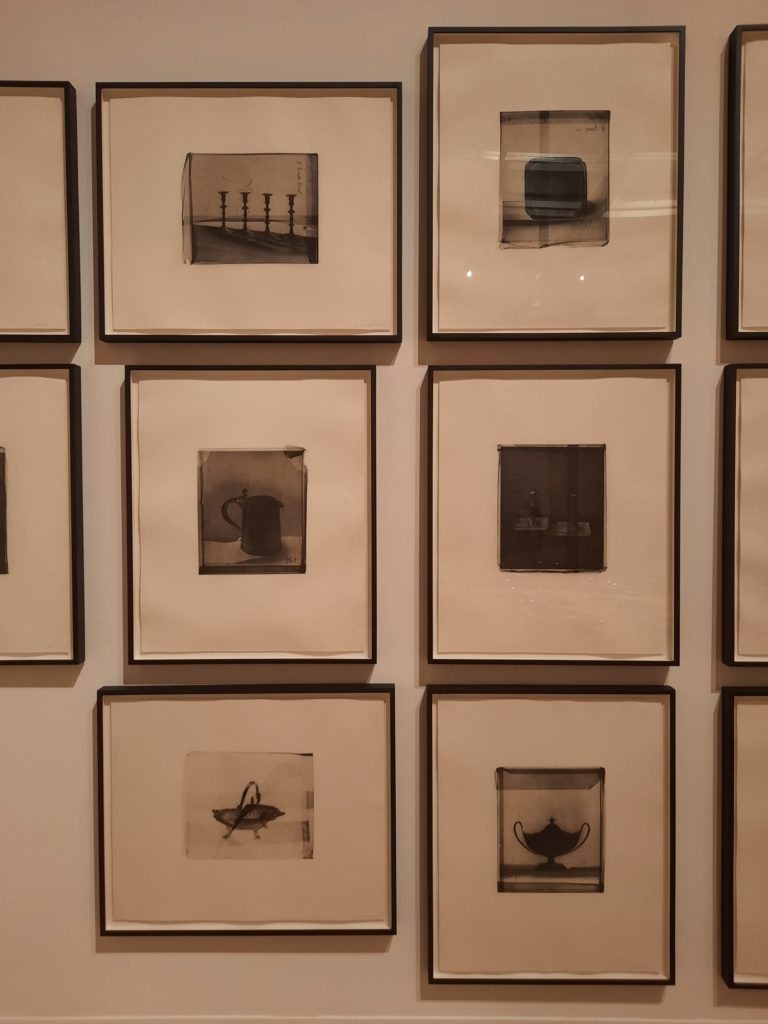
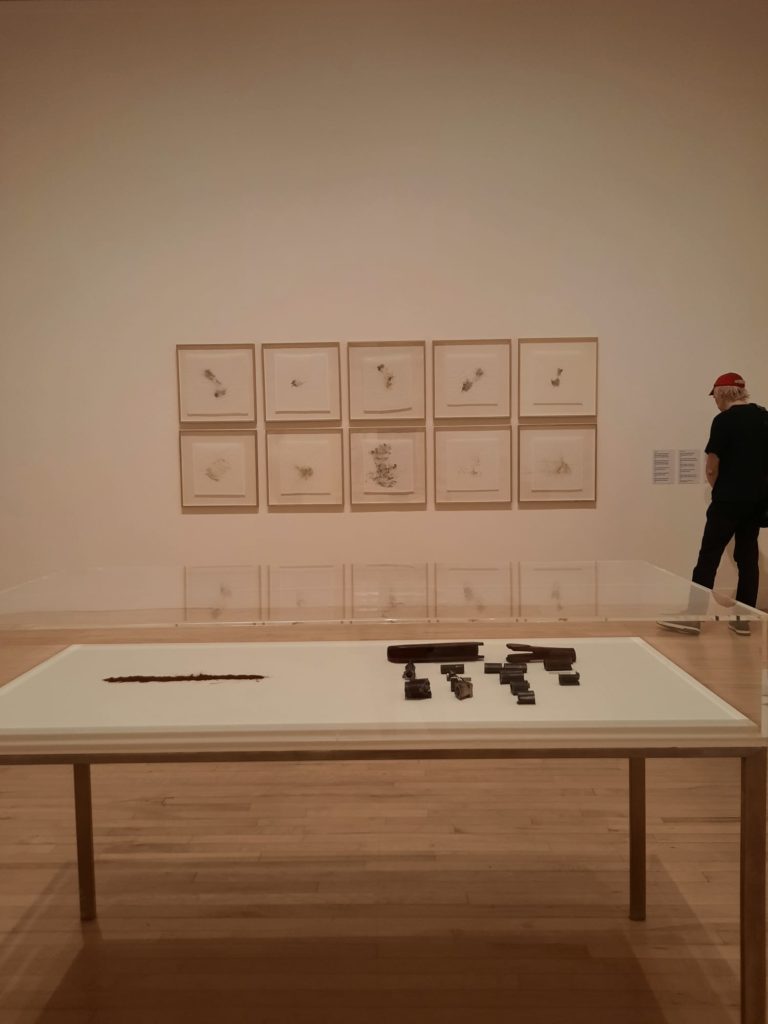
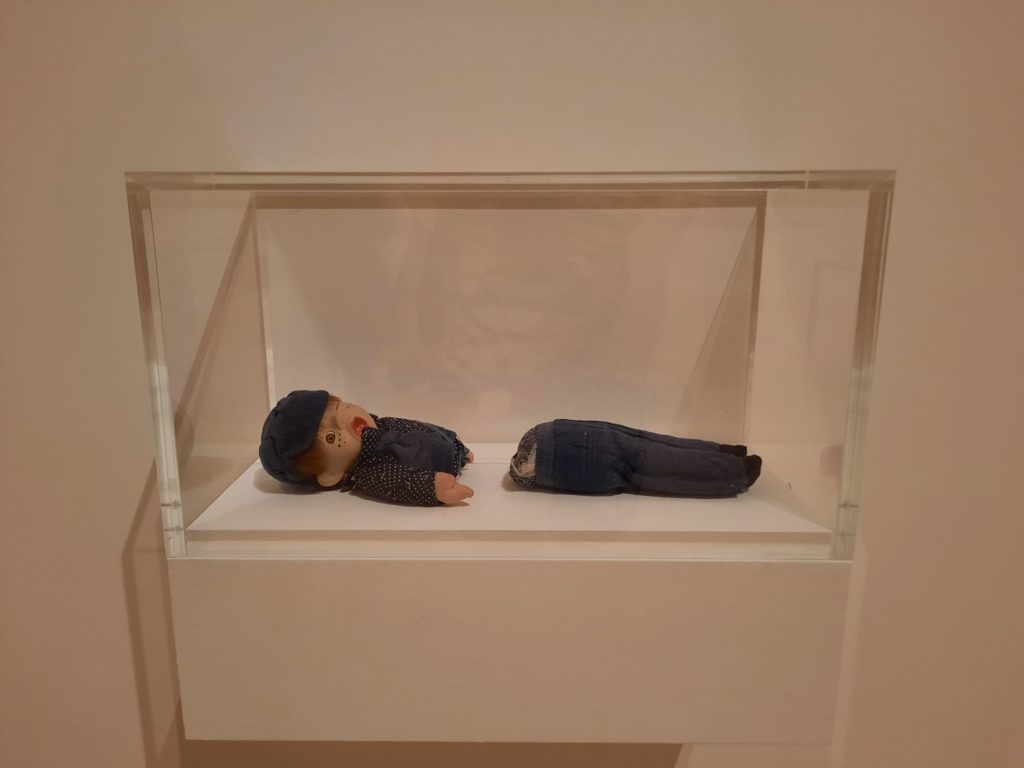
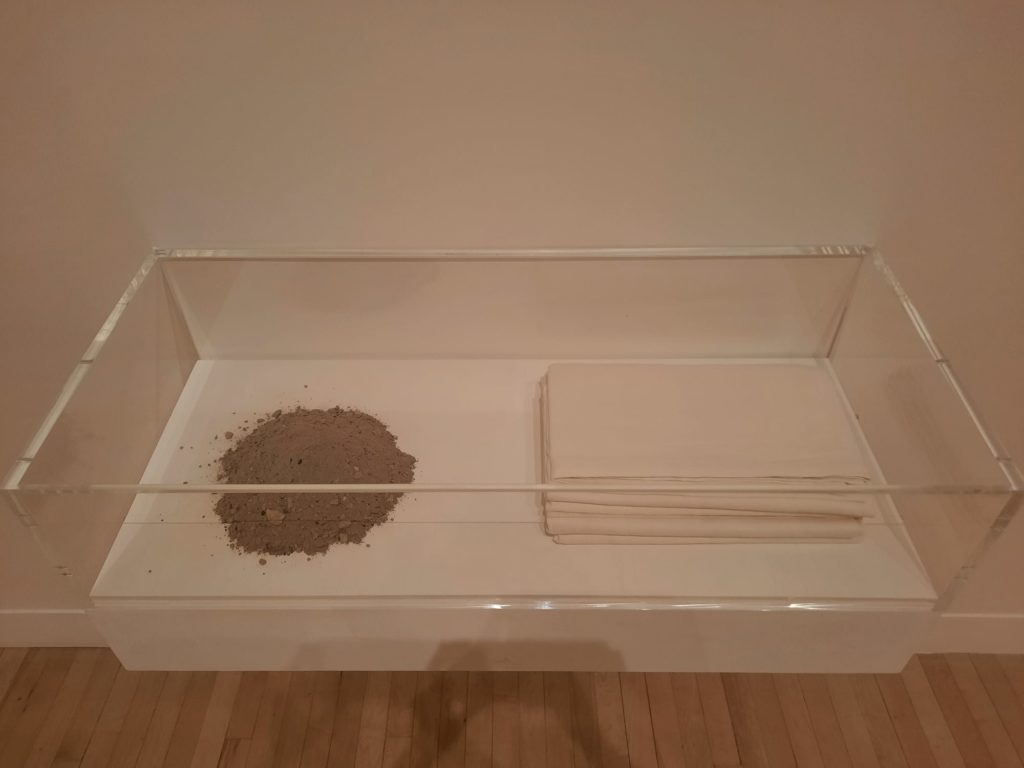
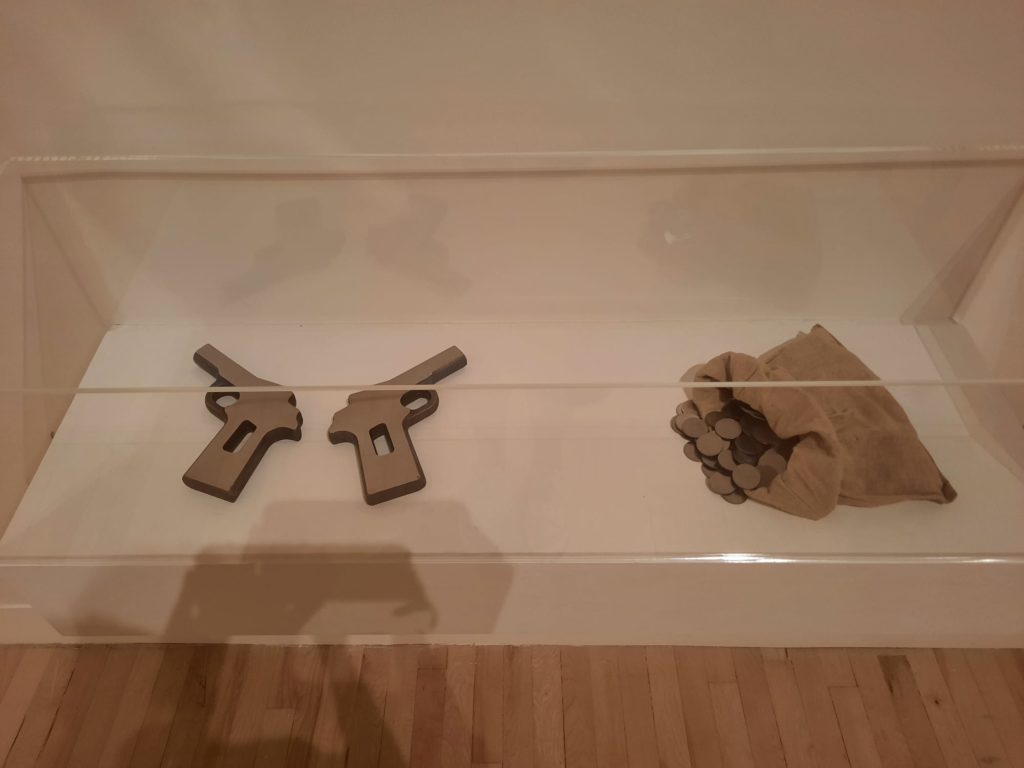
Cornelia Parker
Cornelia Parker, born in Cheshire in 1956, has long been a fixture on the British art scene. Known for installation and sculpture art, she studied in Gloucestershire, Wolverhampton and Reading and now lives and works in London. On a recent outing to Tate Britain, during which I also saw Walter Sickert, I had the opportunity to see a large-scale retrospective of her work. So large-scale, in fact, that it spills out from the paid exhibition space itself and several works can be seen ‘at large’ amongst the permanent collection.
I wasn’t very familiar with Parker’s work before this point. Perhaps her exploded garden shed (below), which is an image that stays in the mind. But not how this work, which is at once conteptual and aesthetically impressive, connects with her wider oeuvre. After seeing the exhibition, Parker’s artistic perspective is very clear. You see, she is someone who sees art in the everyday. In the details nobody else notices. Often, in fact, she is not actually the one ‘making’ the art per se. Rather, she asks the silversmith to collect the slivers left over from engraving. The Colt factory to give her revolvers from the earliest stage in the manufacturing process. It’s by taking these objects out of their everyday context and bringing them to our attention that they become interesting. Become art.
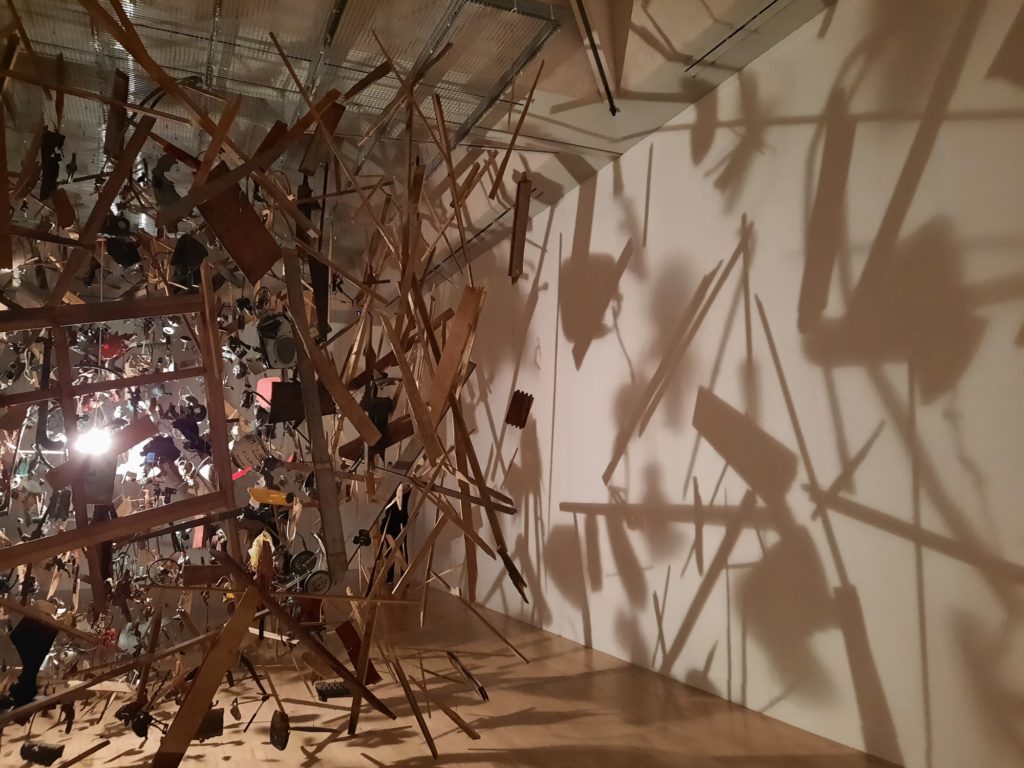
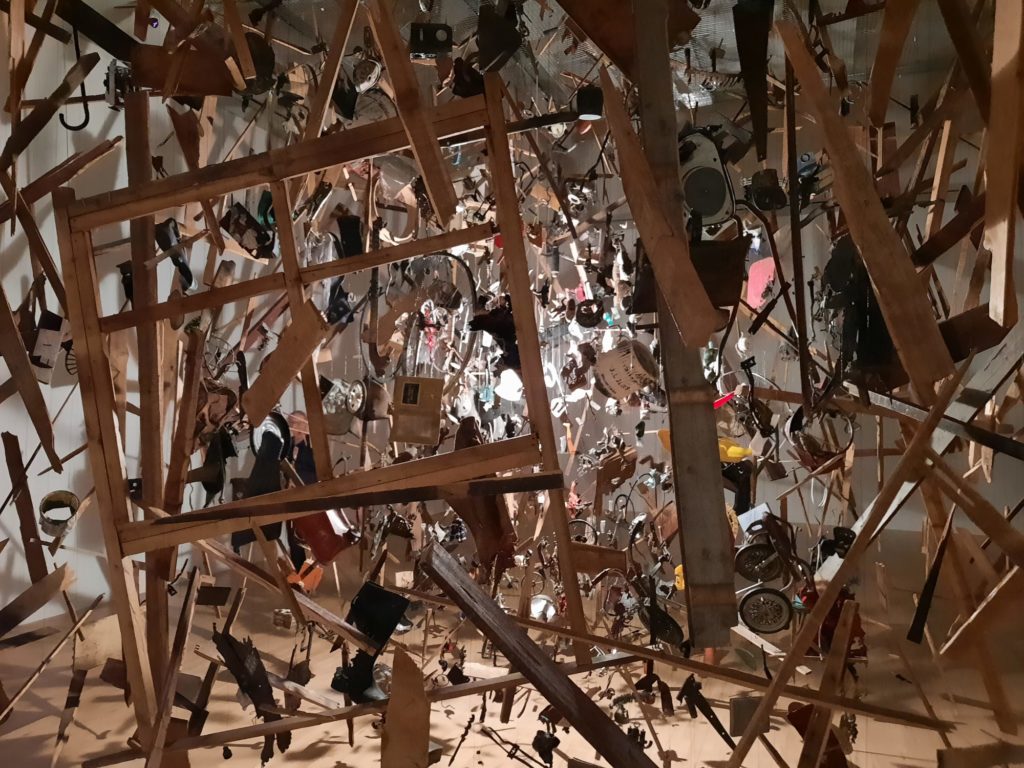
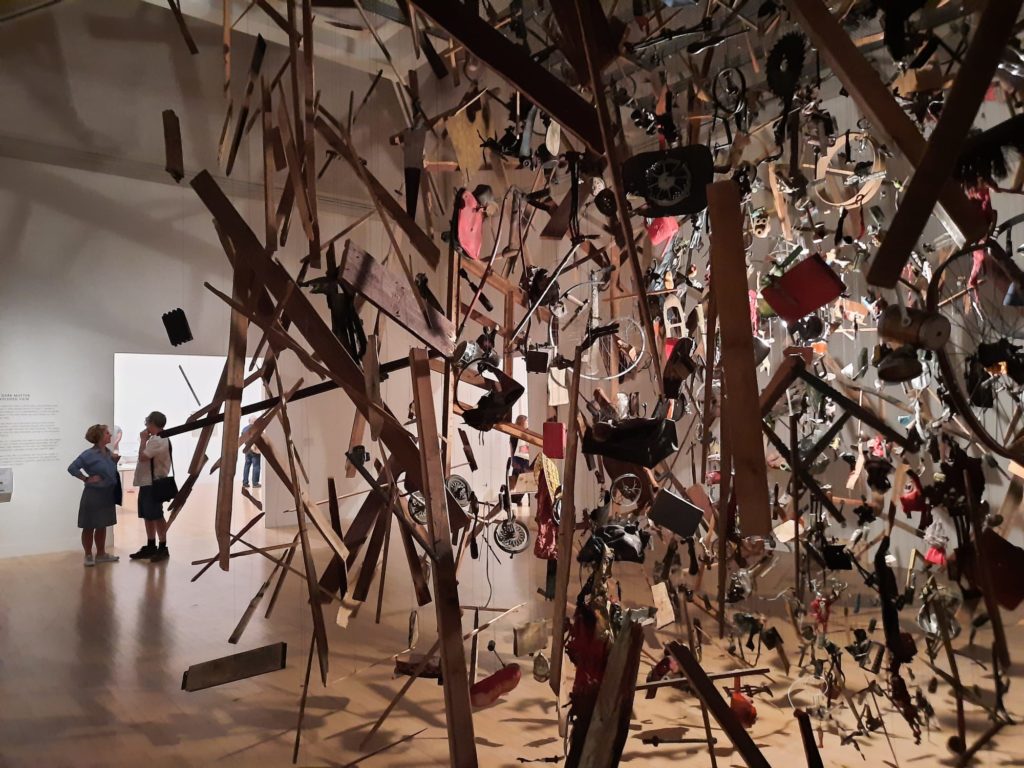
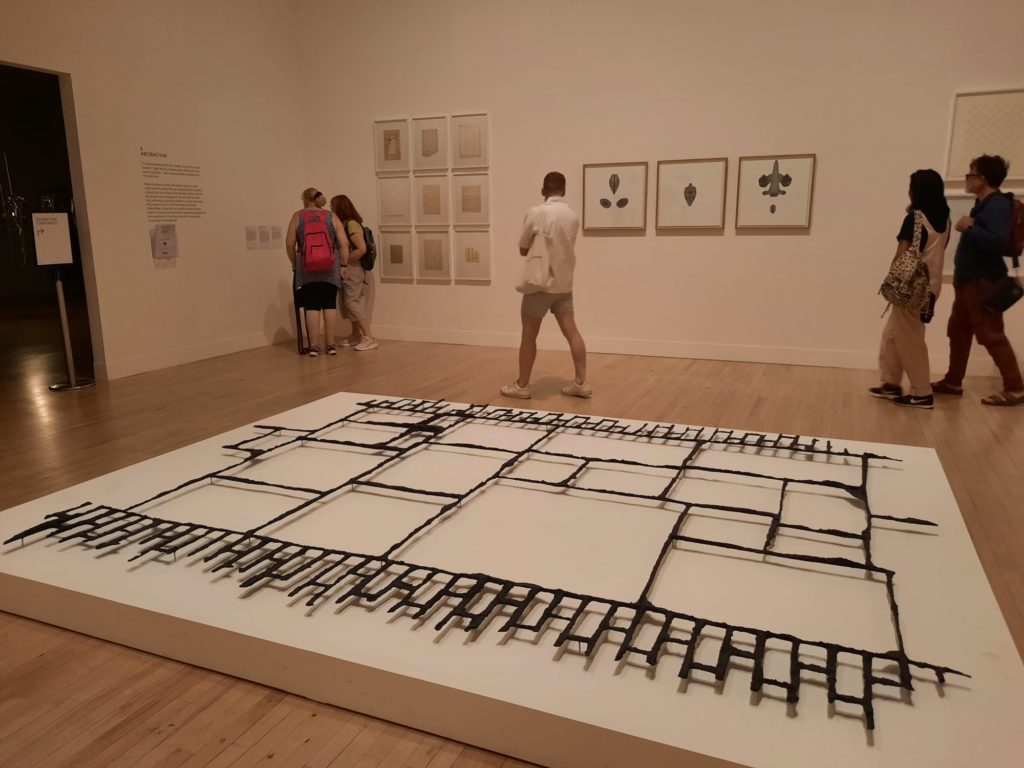
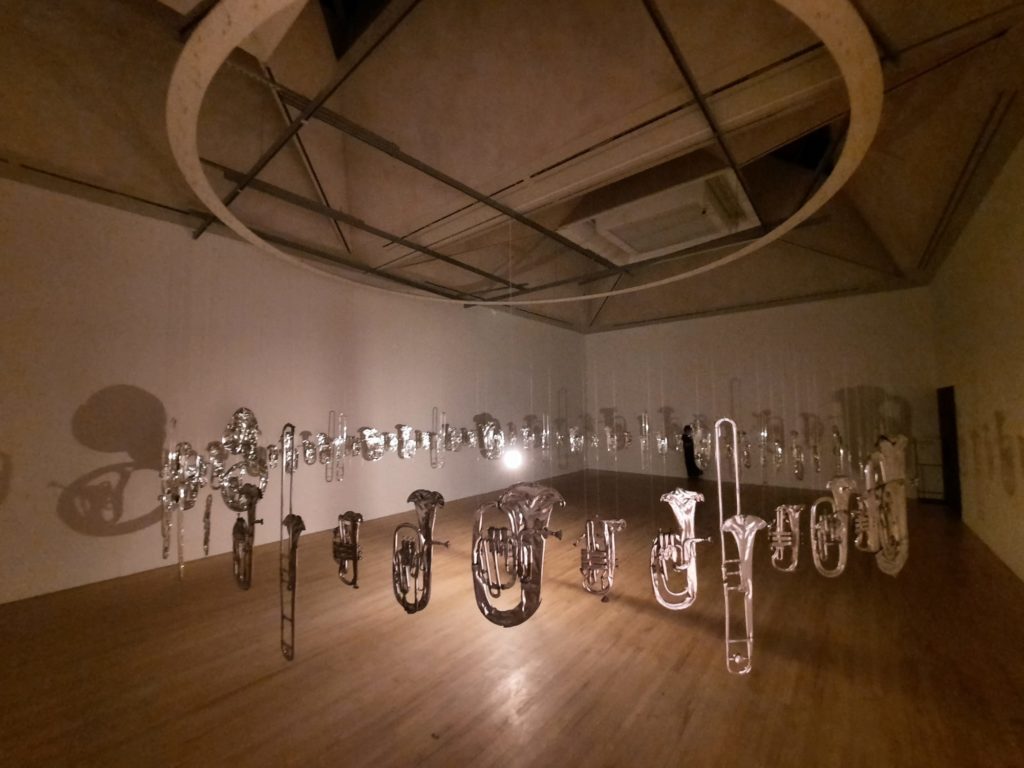
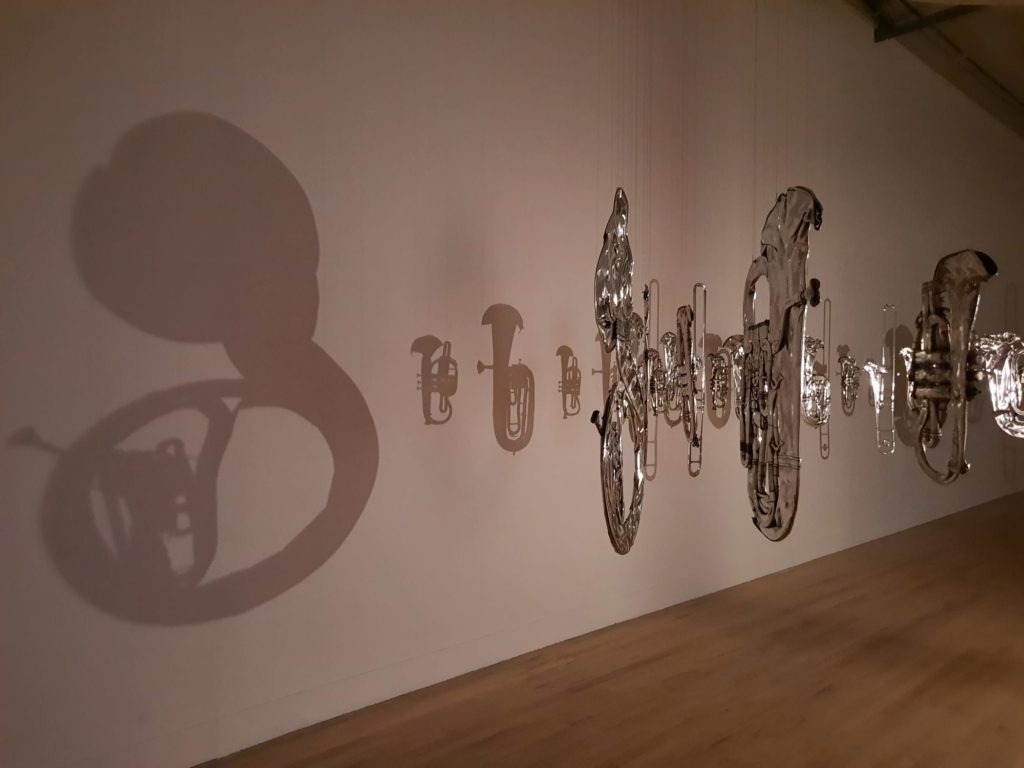
Art In The Everyday
There are quite a few ways that Parker expresses this artistic vision. There are the examples I named above, which are about the process of creation. Other examples of this include a room draped entirely in the paper left behind when red poppies are cut out. There are also what I would call reconstituted objects. Seized pornographic films turned into ink to create Rorschach tests, for instance. A bullet drawn out into fine wire. Edwardian silver plate steamrolled into something like yet unlike itself. The unnoticed beauty: the gaps between paving stones, the backs of cards holding buttons, a father and son in Palestine creating crowns of thorns for Christian pilgrims. And the genre defying ones, including a surprisingly lovely embroidery of the Wikipedia page on the Magna Carta.
Parker’s view of the world is so unique that I really found my walk around the exhibition fascinating. Granted, at first glance you can’t actually tell what a lot of the artworks are about. Pornographic film turned into ink doesn’t exactly leave a trace of its former life behind. But reading each wall text, written by Parker herself, I found myself saying again and again “Wow, how cool!”. Hers must be a very analytical mind, encountering a mundane situation and turning it over until she sees the art inherent in it. Even protests against this very art have been inspiration for her. In 2003, The Distance: A Kiss With Added String was on display at the Tate, consisting of a copy of Rodin’s The Kiss wrapped in a mile of string. It was vandalised by an activist against conceptual art or something along those lines, the cut string becoming the basis of a new work, The Distance (With Concealed Weapon).
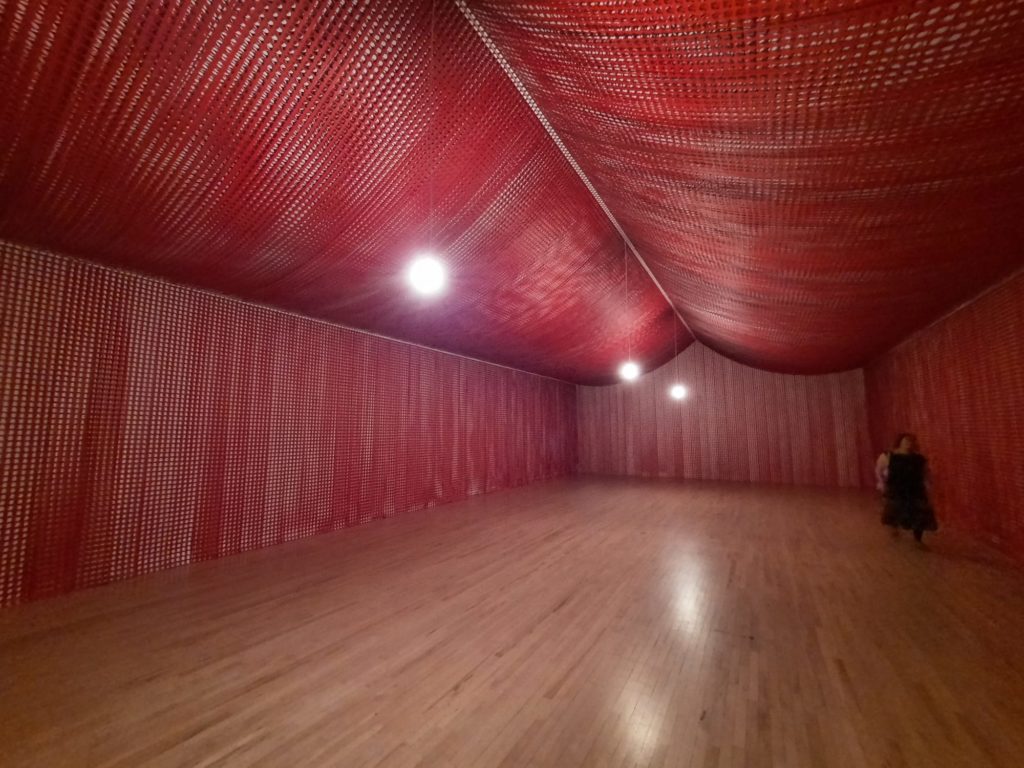
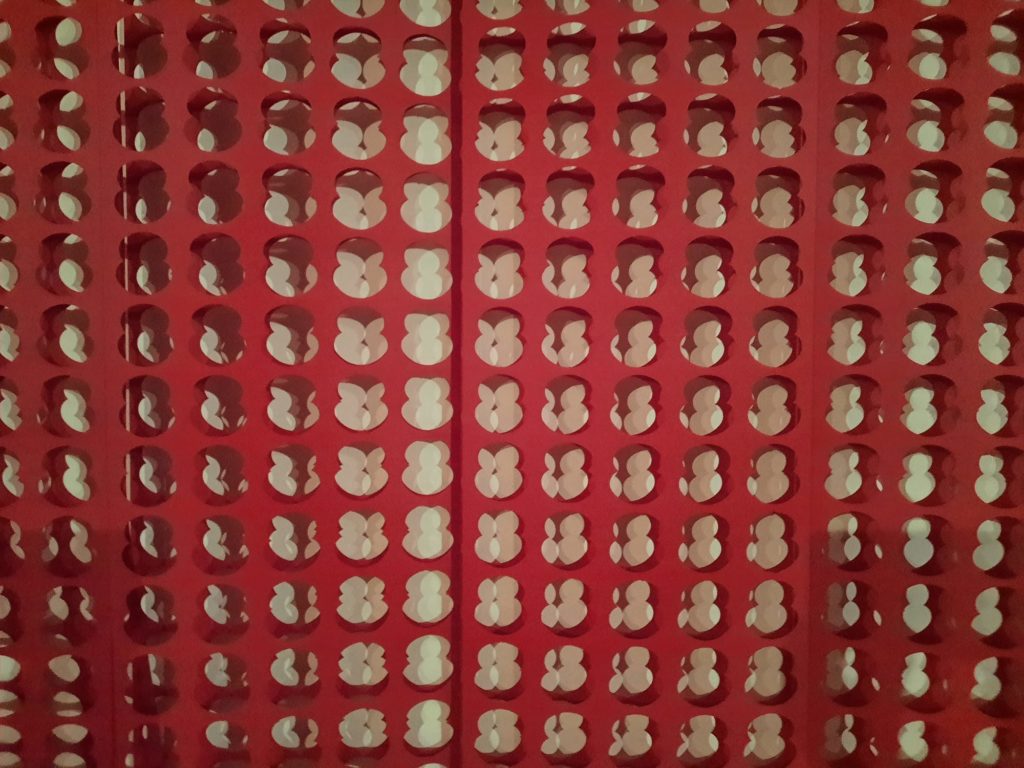
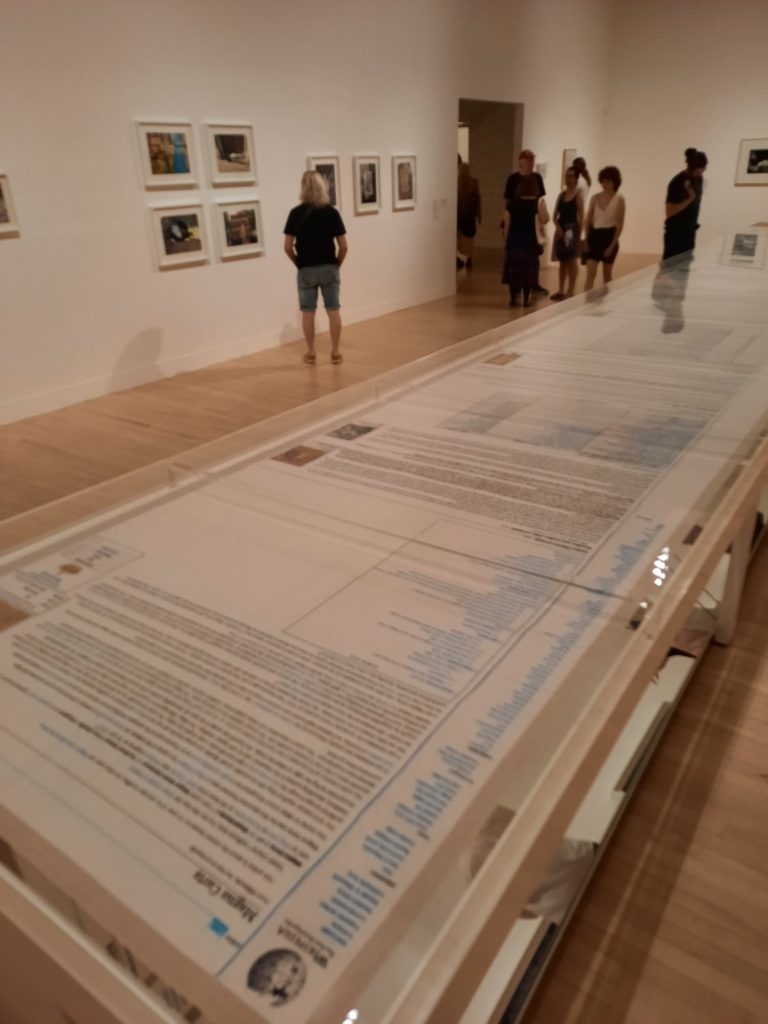
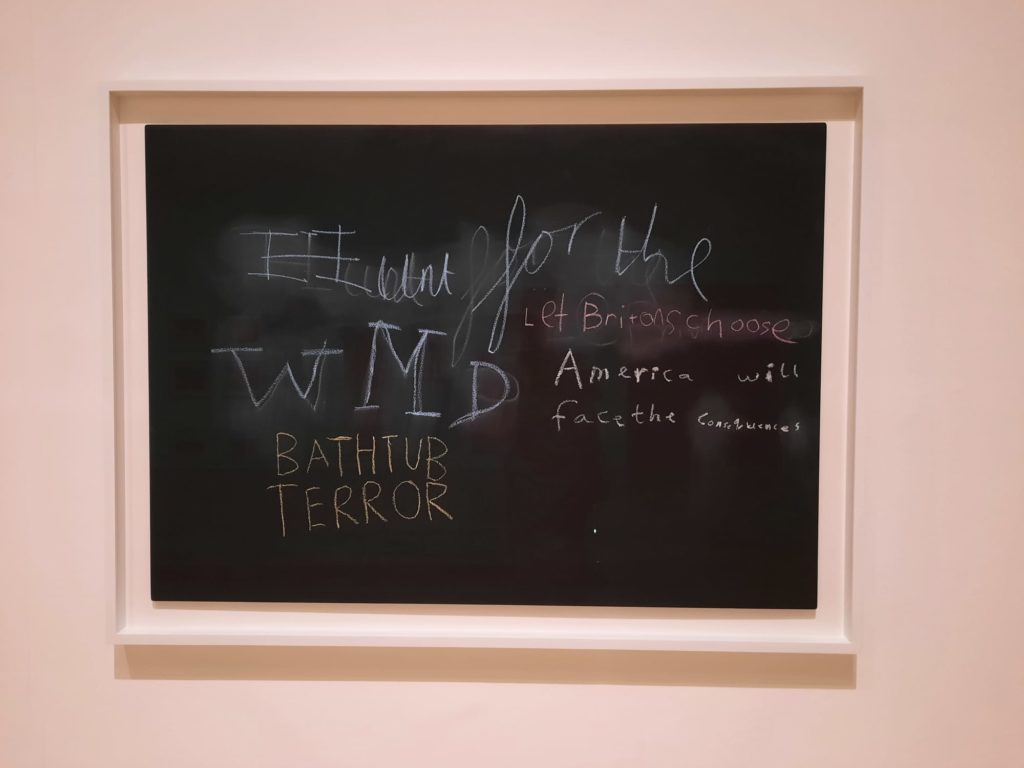
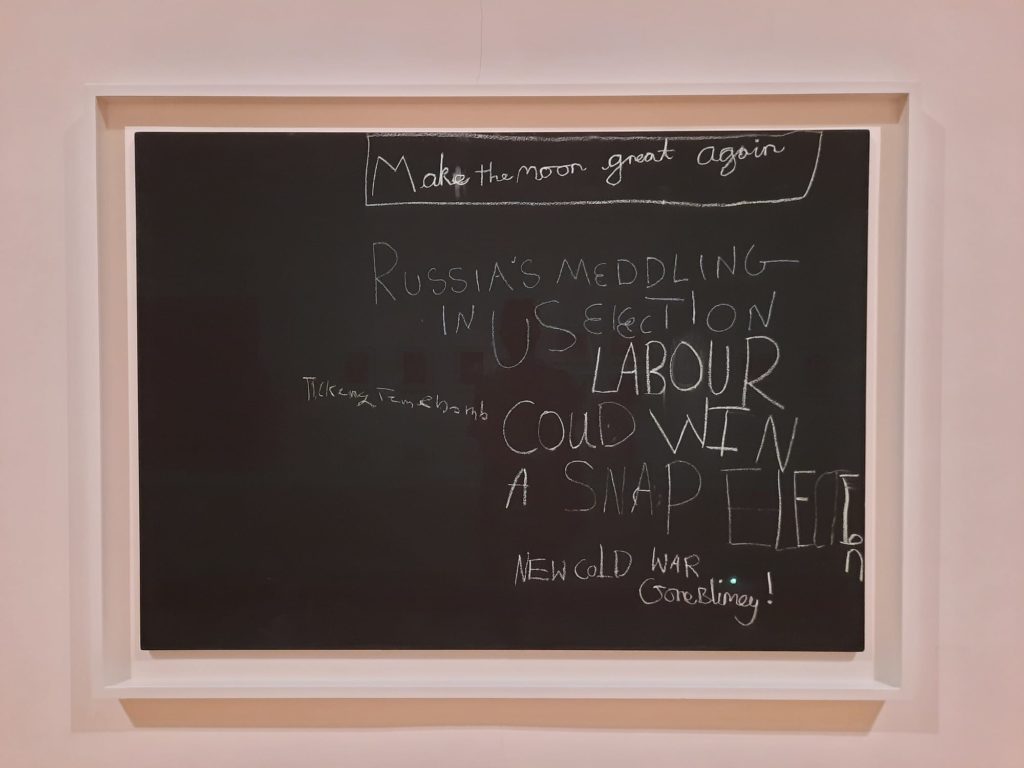
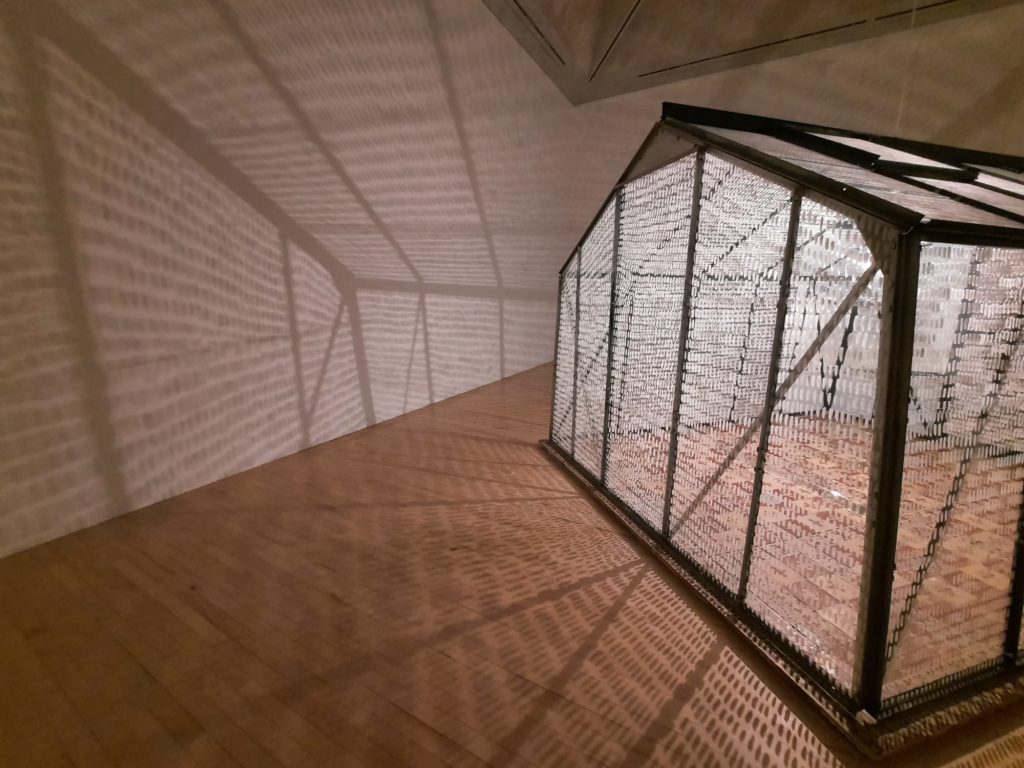
An Inspiring Exhibition
I found Parker’s take on art so refreshing that for me this was a very inspiring exhibition. Especially with the artist herself having written all the wall texts, I could hear first hand why she had chosen certain objects for her works, how the artistic process had unfolded, and what she felt was most important to know about them. Compared to Walter Sickert which I saw on the same day but where I walked away without much of a clear view of the artist, I would now definitely consider myself a fan of Parker’s work.
I also felt it was a well-curated exhibition. There is a good selection of works in terms of scale and media. And the way that some of them are on view outside the exhibition galleries is a positive from two perspectives in my opinion. Firstly it means the works which are in the exhibition get plenty of space to be viewed and appreciated appropriately. And secondly it also means that visitors whose means may not stretch to the fairly hefty Tate exhibition prices can also participate in some way.
Salterton Arts Review’s rating: 4/5
Cornelia Parker on until 16 October 2022
Trending
If you see this after your page is loaded completely, leafletJS files are missing.

